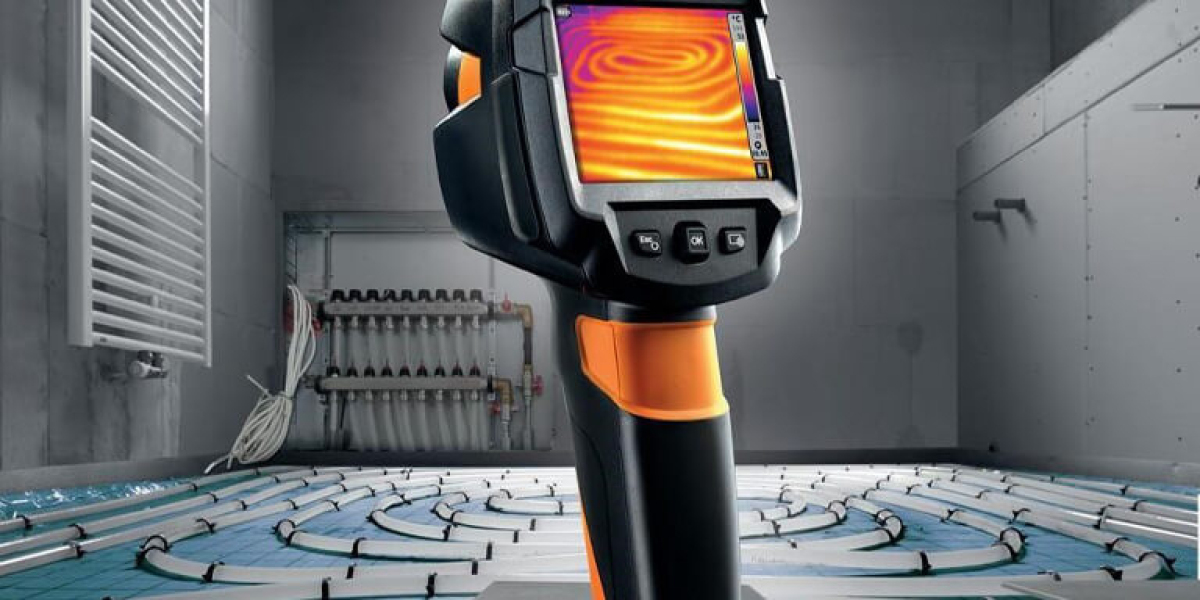When embarking on a plumbing project, understanding the various components is crucial. Among these components, elbow fittings play a vital role in directing the flow of water through pipes. This guide aims to provide you with a comprehensive understanding of elbow fittings, their types, applications, and tips for selecting the right ones for your needs.

What Are Elbow Fittings?
Elbow fittings are plumbing components designed to change the direction of piping. They are typically available in various angles, most commonly 90-degree and 45-degree angles. These fittings are essential for creating bends in plumbing systems, allowing for efficient water flow and effective use of space.
Types of Elbow Fittings
There are several types of elbow fittings available, each suited for different applications:
- 90-Degree Elbow: This is the most common type, used to create a sharp turn in the piping.
- 45-Degree Elbow: Ideal for gentle turns, this fitting is often used in longer runs of piping.
- Reducing Elbow: This type connects pipes of different diameters, ensuring a smooth transition.
- Long Radius Elbow: Designed for applications requiring less turbulence, this fitting is beneficial in larger systems.
Applications of Elbow Fittings
Elbow fittings are widely used in various plumbing applications, including:
- Residential plumbing systems
- Commercial plumbing installations
- Industrial piping systems
- HVAC systems
Understanding the specific application can help you choose the right type of elbow fitting for your project. For instance, if you are working on a residential plumbing system, a standard 90-degree elbow may suffice. However, for industrial applications, you might need a long radius elbow to minimize pressure loss.
Choosing the Right Elbow Fittings
When selecting elbow fittings, consider the following factors:
- Material: Common materials include PVC, copper, and stainless steel. The choice of material should align with the fluid being transported and the environmental conditions.
- Size: Ensure that the fitting matches the diameter of the pipes in your system.
- Pressure Rating: Check the pressure rating of the fittings to ensure they can withstand the operational conditions.
- Application: Consider the specific requirements of your plumbing system to determine the best type of elbow fitting.
For a wide selection of high-quality elbow fittings and other plumbing components, visit Vigor Air Ride.
Conclusion
In summary, understanding elbow fittings is essential for any plumbing project. By familiarizing yourself with the types, applications, and selection criteria, you can ensure that your plumbing system operates efficiently. Whether you are a DIY enthusiast or a professional plumber, choosing the right elbow fittings will contribute significantly to the success of your project.








